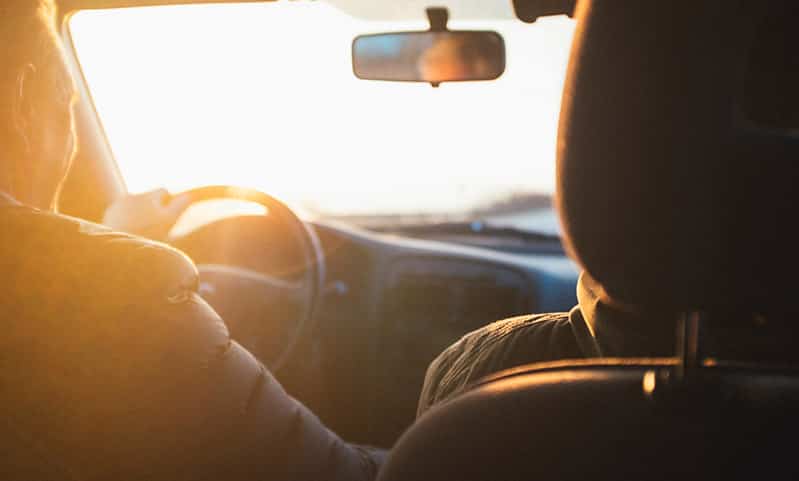One of the nice things about living in the Tri-State Area is that you are never more than about 200 miles away from something you have never seen before.
And, since Old Man Winter is still at least a month away (we’re keeping our fingers crossed on that one), many people are thinking about squeezing in one last road trip.
Therefore, it’s a good time to take a break from coronavirus concerns and hit the road. But no one leaves it all behind. Before you get behind the wheel, here are a few things to remember.
Pack Linens and Towels
Most people never think about bringing these things on a road trip. But many hotels have suspended cleaning services because of the coronavirus pandemic. Many Airbnb hosts are doing the same thing.
Include More Snacks
A road trip always requires some snacks. It’s a good idea to pack something more substantial than granola bars.
Many restaurants have limited hours or services, such as no dine-in service. Others are on the opposite end of the spectrum.
They may not respect social distancing guidelines, so you might not feel safe there. If you have a food allergy, it is also a good idea to pack your own snacks.
Appoint a Sanitizer King or Queen
Pandemic fatigue is a real problem. With no end to the outbreak in sight, many people are increasingly lax about basic safety precautions.
One person in the car, preferably not the driver, should regularly squirt hand sanitizer.
Confirm Openings
As mentioned, many restaurants have reduced schedules and services.
The same is true of many tourist destinations, like amusement parks, state parks, and other such areas.
Before you leave, make sure the place you are going is accessible. Also take some time to confirm that the destination is coping with the coronavirus pandemic in a way that makes you and your family comfortable.
Get Lots of Rest
Physical fatigue is another aspect of pandemic fatigue. Stress and anxiety over COVID-19 keeps many people up at night. If you are worn down, you are more likely to get sick. And that’s one thing we all want to avoid.
Watch Out For These Dangers
Vehicle traffic dropped off to almost nothing during the spring 2020 lockdowns. It’s now on the rebound. Some people, like you, want a safe getaway.
Others just want to get out of the house for a few minutes. The uptick in drivers also means an uptick in impaired drivers.
Fatigued Operators
As mentioned, coronavirus causes sleepless nights.
And, driving after eighteen hours without sleep, which is the equivalent of a long day on the road, is like driving with a .05 BAC level.
Fatigue, like alcohol, impairs motor skills and clouds judgement ability.
Alcohol and fatigue have something else in common. There is no quick fix for either condition. Only time cures alcohol impairment, and only sleep cures fatigue.
Shortcuts, like cranking up the air conditioner or drinking coffee, are largely ineffective.
In civil court, evidence of fatigue includes erratic driving prior to a wreck, the tortfeasor’s (negligent driver’s) inability to remember the last few miles, the time of day or night, and the tortfeasor’s statements about fatigue.
Impaired Drivers
Back to the pandemic fatigue point.
To cope with the stress and anxiety of COVID-19, many people are taking pills. Supplies of Zoloft and other powerful antidepressants are dangerously low.
Additionally, marijuana is at least semi-legal throughout most of the Tri-State area.
One puff or pill is enough to cause dangerous impairment.
Evidence of impairment includes erratic driving, bloodshot/glassy eyes, and a DUI/drugs citation.
Distracted Operators
Road trips almost always mean GPS navigation devices. Increasingly, people drive with one eye on the road and one eye on a gadget.
Even more disturbingly, they often drive with one hand on the wheel and one hand on a gadget.
Cognitive distraction is one of the leading causes of car crashes. When people use hand-held or hands-free devices, they take their minds off the road.
And, research suggests that these drivers do not fully re-engage with driving for at least thirty seconds. If they look at devices about every thirty seconds, well, you can add.
Manual distraction (taking a hand off the wheel) and visual distraction (taking one’s eyes off the road) are also serious problems.
At Napoli Shkolnik PLLC, our personal injury lawyers want your family to be safe and happy twelve months a year. Call us anytime if you need us.
